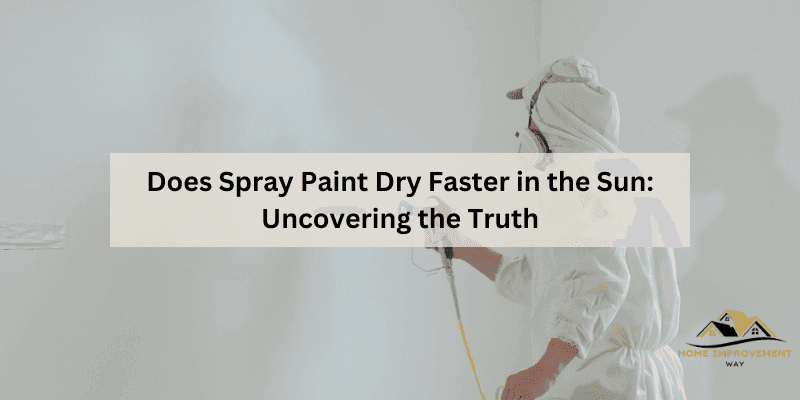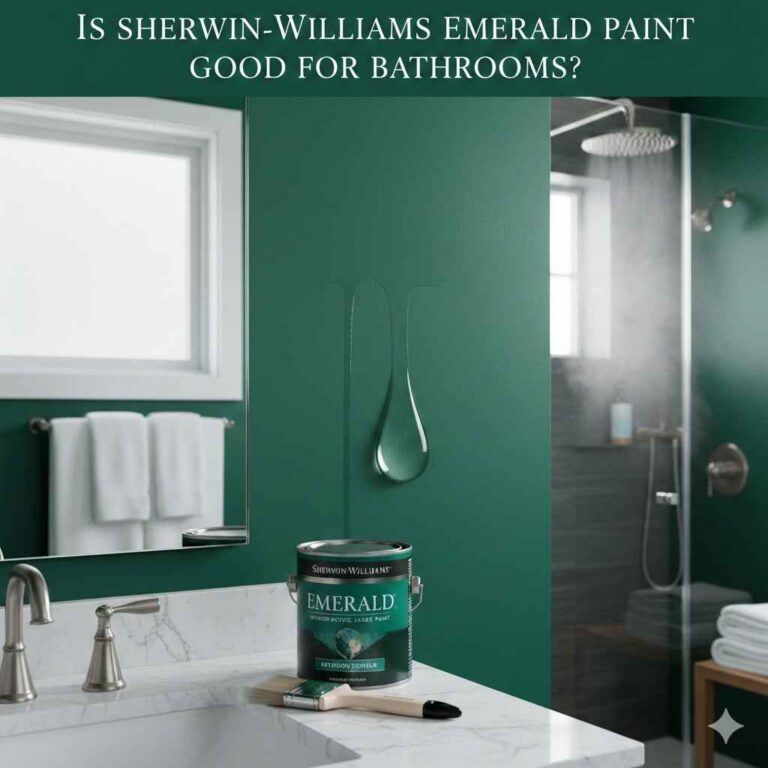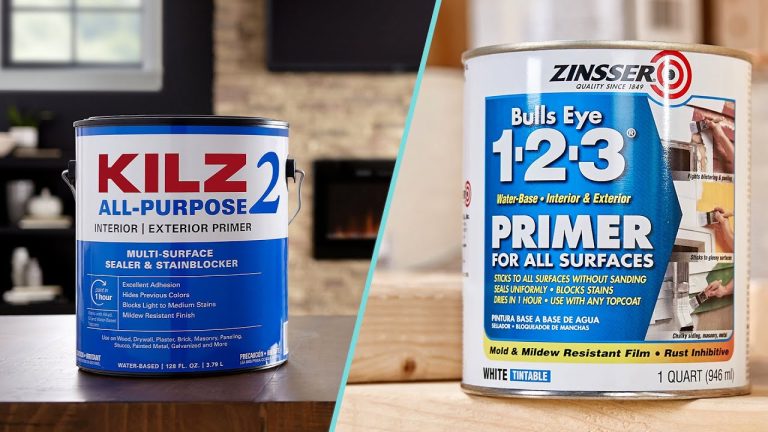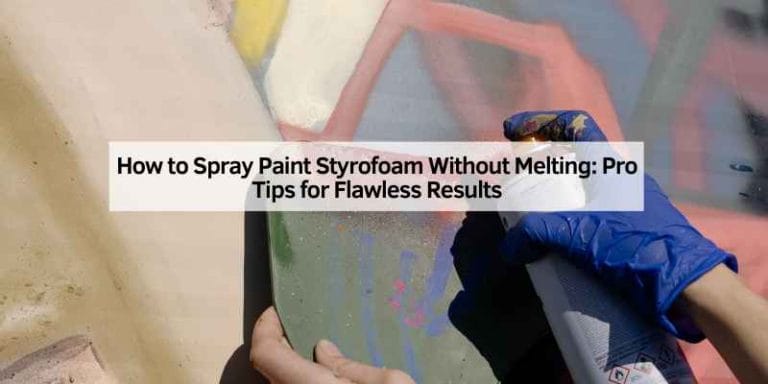Does Spray Paint Dry Faster in the Sun: Uncovering the Truth
Yes, spray paint dries faster in the sun due to the heat and direct light accelerating the evaporation process. The sun’s warmth and UV rays help to speed up the drying time of spray paint, making it a more efficient option for outdoor projects.
When it comes to using spray paint, drying time is a crucial factor to consider. Whether you’re working on a DIY project or professional painting job, understanding how environmental factors like sunlight can affect the drying process is essential. We will explore the impact of the sun on spray paint drying, the benefits and potential drawbacks of using sunlight for drying, and alternative methods for accelerating the drying process.
By the end, you’ll have a clear understanding of how to optimize the drying of spray paint for your specific project needs.
Understanding The Science Behind Spray Paint Drying
Spray painting is a quick and convenient way to add a fresh coat of color to various surfaces. One common question that arises is whether spray paint dries faster in the sun. Understanding the science behind spray paint drying can help shed light on this topic.
The Role Of Heat In The Drying Process
Heat plays a crucial role in the drying process of spray paint. When spray paint is applied, the solvents in the paint begin to evaporate. This evaporation process is accelerated by heat, causing the paint to dry faster. Higher temperatures can increase the rate of solvent evaporation, expediting the overall drying time of the paint.
Influence Of Sunlight On Paint Drying
When spray paint is exposed to sunlight, the heat from the sun can significantly speed up the drying process. The radiant energy from the sun increases the temperature of the painted surface, accelerating solvent evaporation. However, it’s important to note that excessive heat from direct sunlight may cause the paint to dry too quickly, leading to potential issues such as cracking or uneven texture.
Factors Affecting Spray Paint Drying Time
When it comes to spray painting, the drying time is a crucial factor. Knowing the factors that affect spray paint drying time can help in achieving the best results. While it is commonly believed that spray paint dries faster in the sun, several factors come into play, influencing the drying time. Understanding these factors can guide you in achieving optimal drying results for your spray paint projects.
Type Of Paint Used
The type of paint used significantly impacts the drying time. Different paint formulations have varying drying characteristics. For instance, acrylic-based spray paints tend to dry faster than oil-based paints due to their quick evaporation properties. When selecting spray paint, consider the manufacturer’s recommendations for drying time and the specific type of paint being used.
Surface Material And Texture
The surface material and texture also play a role in the drying time of spray paint. Porous surfaces such as wood or unprimed metal may absorb the paint quickly, leading to faster drying times. Conversely, smooth and non-porous surfaces tend to slow down the drying process as the paint sits on the surface. Additionally, the texture of the surface, such as rough or uneven areas, can affect the paint’s ability to adhere and dry evenly.
Environmental Conditions
The environmental conditions under which spray painting takes place can significantly influence drying time. Temperature, humidity, and airflow all contribute to the rate at which spray paint dries. Optimal conditions include warm temperatures, low humidity, and good airflow. While it is commonly assumed that spray paint dries faster in the sun, excessive heat can cause the paint to dry too quickly, potentially leading to cracking and uneven finish.
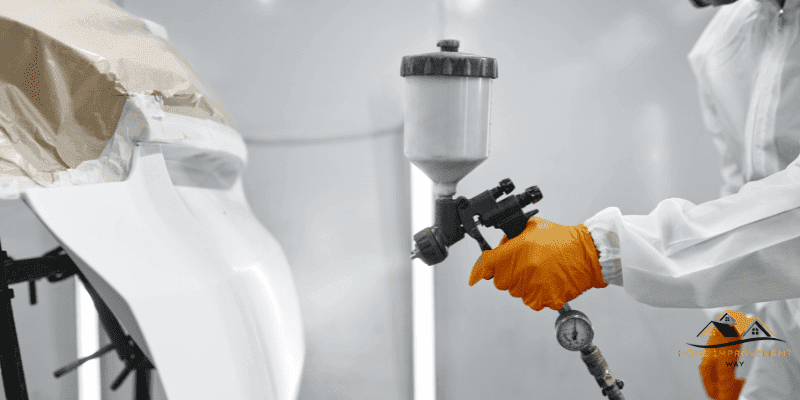
How Sunlight Impacts The Drying Time Of Spray Paint
Understanding how sunlight impacts the drying time of spray paint is crucial for achieving optimal results in your projects. The sun’s rays play a significant role in the evaporation and curing process of spray paint, affecting both its durability and finish.
Uv Radiation And Paint Stability
UV radiation from the sun can impact the stability of spray paint. When spray paint is exposed to UV rays, the pigments and binders in the paint can deteriorate, leading to color fading and decreased adhesion to the surface. This can result in a less durable and long-lasting finish. It’s important to consider the type of spray paint being used and its UV resistance when working in direct sunlight.
Temperature And Evaporation Rate
The temperature of the sun can significantly influence the evaporation rate of spray paint solvents. Higher temperatures caused by direct sunlight can accelerate the evaporation of solvents in the paint. As a result, the paint dries faster but may not cure properly, leading to issues such as cracking and poor adhesion. Conversely, lower temperatures, despite sunlight exposure, can slow down the evaporation process, allowing for better curing and adhesion.
Effect Of Sun Exposure Duration
The duration of sun exposure plays a crucial role in the drying time of spray paint. Short exposure periods may not allow the paint to dry evenly, leading to uneven textures and potential adhesion issues. Conversely, prolonged exposure to sunlight can cause the paint to dry too quickly, affecting its flow and leveling properties, resulting in an uneven finish.
Best Practices For Spray Painting In Sunlight
When working on outdoor spray painting projects, taking advantage of the sun’s natural drying capabilities can be beneficial. However, it’s important to be mindful of certain factors to ensure the best results. Here are some best practices to consider when spray painting in sunlight.
Optimal Weather Conditions For Outdoor Spray Painting
To achieve optimal results when spray painting in the sun, it’s essential to consider the weather conditions. Bright, sunny days with low humidity are ideal for outdoor spray painting projects. Avoid painting in extreme heat or direct sunlight, as this can cause the paint to dry too quickly, leading to a poor finish.
Tips For Ensuring Even Drying In The Sun
When spray painting in the sun, it’s crucial to ensure an even drying process to prevent any uneven or splotchy results. Here are a few tips to help achieve uniform drying:
- Apply thin coats of paint to allow for quicker, more consistent drying.
- Keep a suitable distance between the spray can and the surface being painted to prevent oversaturation and promote even drying.
- Consider using a primer or base coat to enhance paint adhesion and promote uniform drying.
Choosing The Right Sunlit Location For Spray Paint Projects
When selecting a location for outdoor spray painting in the sun, it’s important to choose a spot that offers the following:
- Adequate ventilation to facilitate the drying process and prevent the accumulation of fumes.
- Protection from wind and dust to minimize potential contaminants affecting the wet paint.
- Sufficient sunlight exposure without extreme heat to ensure optimal drying conditions.
Frequently Asked Questions For Does Spray Paint Dry Faster In The Sun
Is It True That Spray Paint Dries Faster In The Sun?
Yes, spray paint does dry faster in the sun due to the heat aiding the evaporation of solvents in the paint. However, it’s important to consider the type of paint and the specific instructions provided by the manufacturer to ensure the best results.
Are There Any Risks Of Drying Spray Paint In The Sun?
Drying spray paint in the sun can lead to issues such as uneven drying, bubbling, or discoloration, especially in high temperatures. It’s advisable to test a small area first and avoid extremely hot and humid conditions to ensure a smooth and consistent finish.
What Is The Optimal Temperature For Spray Paint To Dry In The Sun?
The optimal temperature for spray paint to dry in the sun is typically between 50°F and 90°F. Avoid extremely high temperatures as they can lead to issues such as bubbling and uneven drying. It’s important to follow the manufacturer’s recommendations for the specific type of paint being used.
Conclusion
While sun exposure can speed up the drying process of spray paint, it’s essential to consider the potential drawbacks such as uneven drying and color fading. Understanding the factors that influence drying time, such as temperature and humidity, can help achieve optimal results.
Additionally, proper ventilation and protective gear should always be prioritized when using spray paint.

